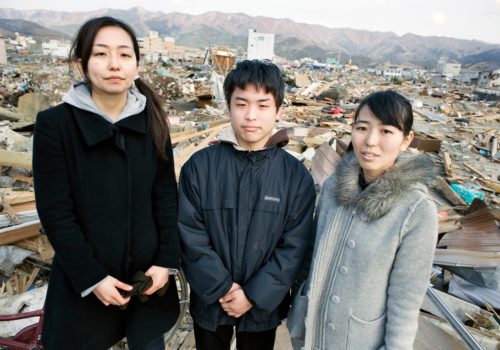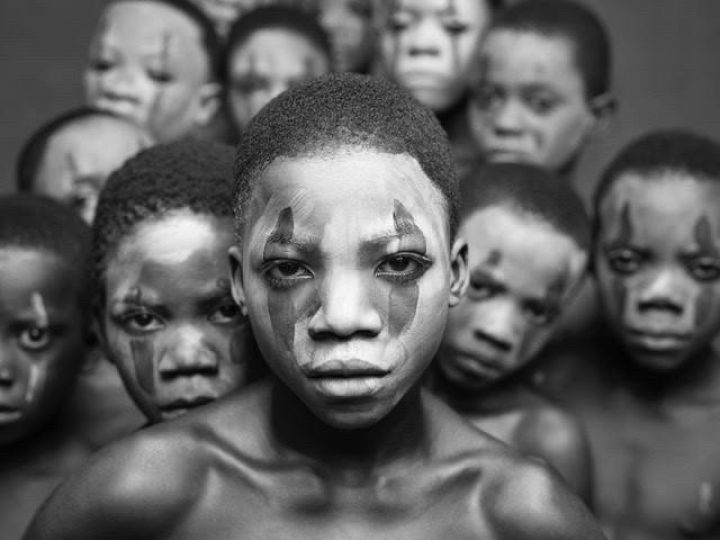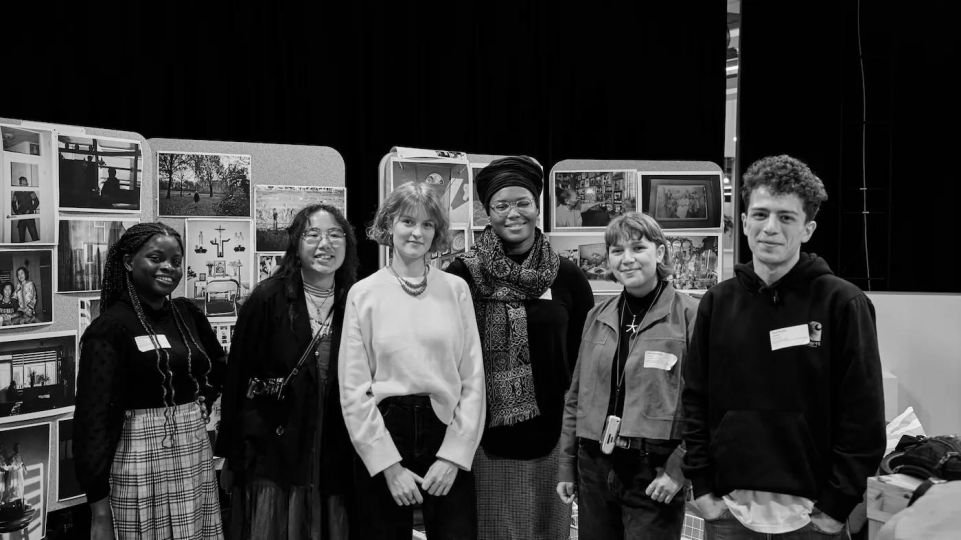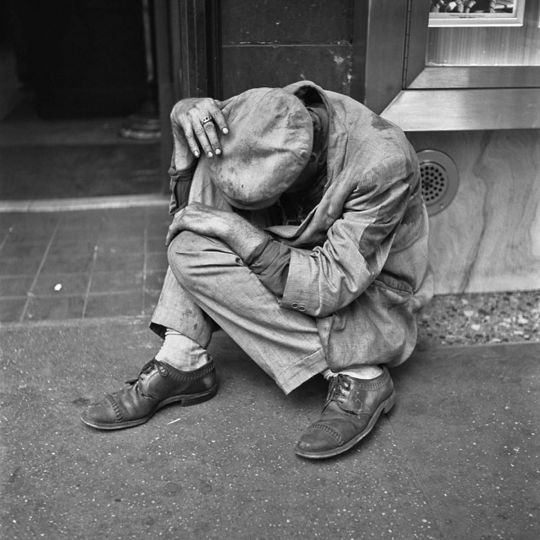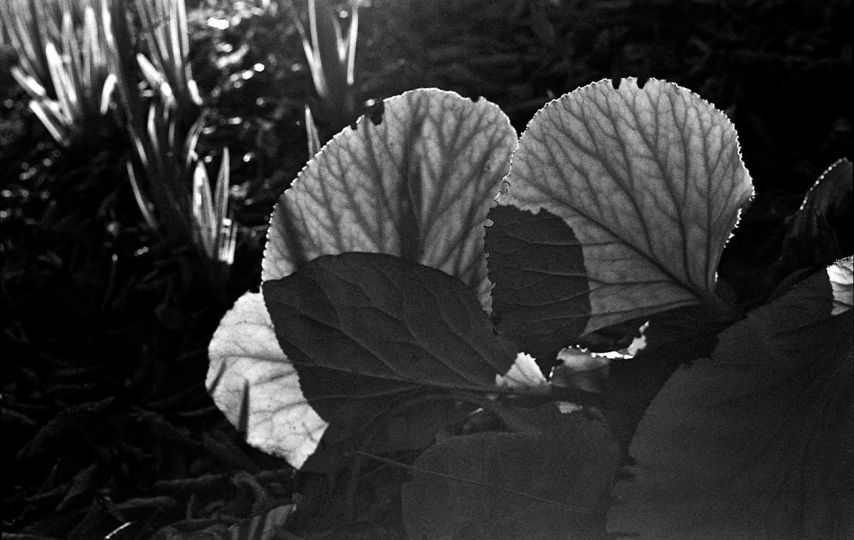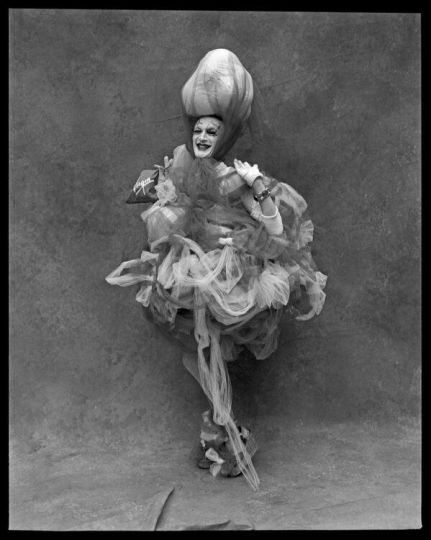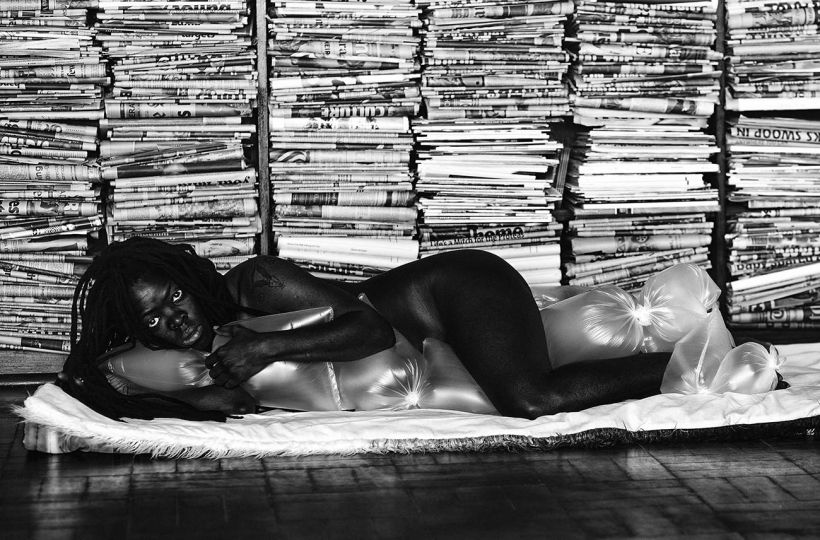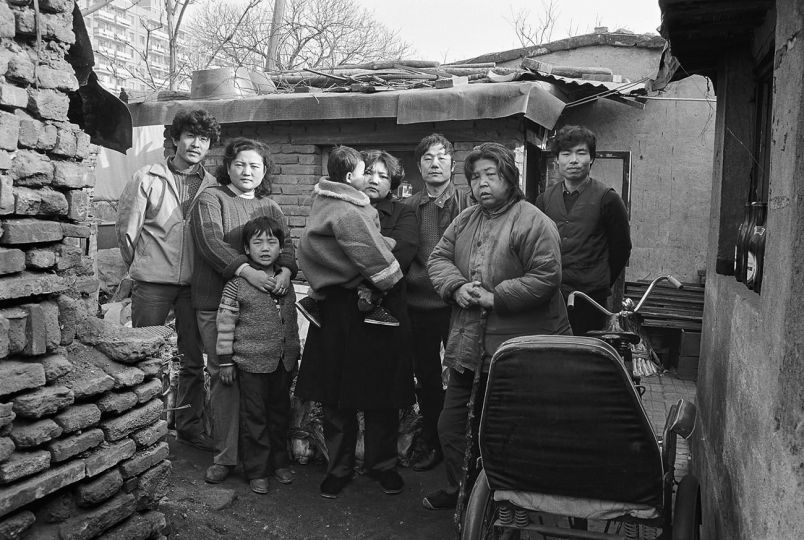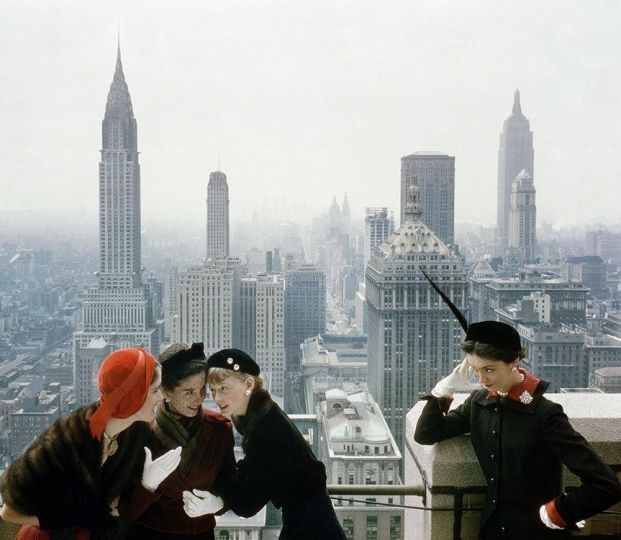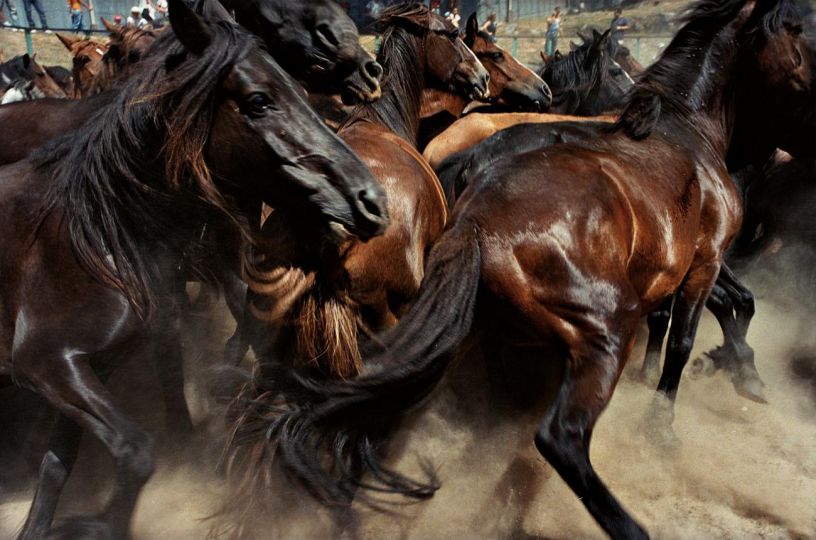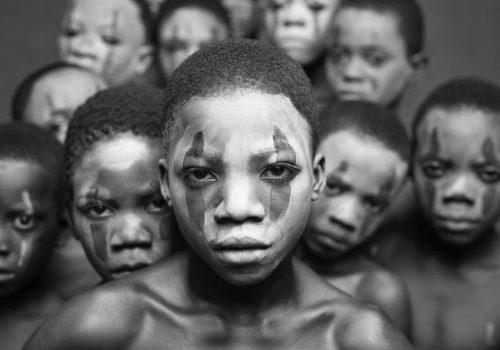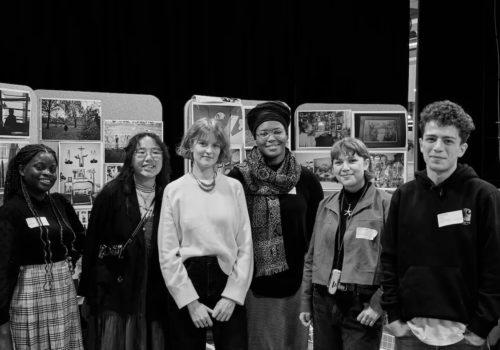At Zen Foto Gallery in Tokyo, a remarkable show of images by 20-plus Japanese and international photographers reveals the terrifying drama and damage wreaked by the March 11 earthquake and tsunami along Japan’s northeastern coastline. A mix of art, documentation, reportage and interpretation, the work vividly captures the vast devastation, both physical and emotional.
For Mark Pearson, the gallery founder and director, the goals for the show are two-fold: create a sense of community where feelings about the tragedy can be shared, and an opportunity to donate 50% of the gallery’s portion in sales to a worthy aid organization.
“This is a very important historical record,” Pearson emphasizes. “The scale is unimaginable for those who have not been there. This is a way to visualize and experience it through the eyes of these photographers.”
Each photographer was astonished to witness the sheer vastness of the tragedy and deeply moved by the resilience of the local people. Here, eight of them convey some of their thoughts and experiences.
Yuji Nishijima
“In the town of Minamihama, situated on the coast, fires broke out as a third disaster after the tsunami and earthquake. The fire spread rapidly and the entire town was engulfed by flames. Inside a school building, there was an awkward, stinking smell in the air of dead bodies and debris combined with the smell of the sea. The scene made me think of Hiroshima and Nagasaki.”
Q. Sakamaki
“It was a very cold and snowy day when I came to the town of Onagawa in Miyagi Prefecture — 5 days after the monster quake and tsunami. The devastation was massive. Most of the town had been washed away by the tsunami. Few people were there and the rescue and search teams had been hampered by the heavy weather. More than half of the 10,000 population was dead or missing. Numerous towns along the Tohoku Pacific coastline were almost completely washed out. Many people lost their family members and homes. But it seemed that practically no one was panicked or complaining. Instead, the survivors helped each other, often sharing the scarce food and water. I found this amazing.”
Osamu Sato
“Along Japan’s coastline, Shinto shrines are the traditional place to pray for ocean safety. They are located on high ground and typically have a commanding view of the port below. In Kesennuma, Miyagi Prefecture, the tsunami struck so fiercely that it swept a car all the way up to Kamo Shrine situated on a high hill above the town. Below the hill one can see chaos and devastation. The shrine remains a spiritual sanctuary, a kind of protective border between the survivors and the raging waves.”
Max Hodges
“On March 14th, after the March 11th earthquake, I traveled to the city of Sendai from my home in Tokyo, arriving around 5AM. First, I hitchhiked to the city of Nobiru to document the devastation there. I photographed many small everyday objects from destroyed Japanese homes. From the mundane to the sacred, the context of these personal items show how violently and unexpectedly the victim’s lives were uprooted.
I carried food with me, but as night fell in Nobiru I found myself out of water. Among the ruins of a house I managed to dig up out of the mud a bottle of sports drink. I slept in an abandoned building for a few hours, then hitchhiked to the city of Ishinomaki to document an elementary school that was being used as a shelter for 1,200 people. Refugees there ranged from a one-month-old infant to a 95-year-old woman. The next day while exploring the city, I saw Japan Self-Defense Forces delivering supplies by hovercraft.
I was very impressed with how well the Japanese handle themselves given the circumstances. They are remarkably resilient.”
Junku Nishimura
“The shock I suffered from seeing the hard-hit areas is far beyond description. Before arriving there I couldn’t conjure up any mental images of the disaster. Afterwards I felt ashamed at my lack of imagination. The scenes surrounding me there resembled bombarded cities. The only difference was that the disaster areas were not small clusters, but stretched along a broad expanse of coastline.
There seemed to be enough food to go around but in fact people living in their undamaged houses were suffering from a food shortage. I heard that some elderly people felt bad about escaping the damage and did not come to collect food at the evacuation center.
I met a woman who asked me to lend a hand at an evacuation center. Later, she invited me to stay at her house where she lives with her mother and brother. Electricity was down, with no prospect of restoration, so the rooms were lit by little lanterns and candles.
When three men came to discuss a funeral plan she whispered to me, “Sorry, I didn’t tell you, but my father died in the tsunami.” He was washed away from the fourth floor of the local hospital and found dead in the first floor lobby. It was twenty days after the tsunami that he was cremated.
Even though I was a stranger and the circumstances were so bleak, they offered me shelter and food. When I left the next morning the old mother handed me some of her homemade pickled plums and “nori” seaweed. She said to me, “You be sure to come back someday.”
Hiroshi Sato
“I started shooting on March 12, the day after the nightmarish tsunami. In the beginning I felt an overwhelming sense of panic and just kept triggering the shutter on my camera. Journeying into the region’s hard-hit towns became difficult. I didn’t know what to say to the victims. The words just did not come out of my mouth. I felt the powerlessness our daily lives in the face of such an overwhelming tsunami. Here and there, scars from the merciless pounding of the waves spread out right under my eyes. When I visited my relatives in the area, I could not believe what I was seeing, because I still have a vivid memory of the original landscapes I had seen over and over since my childhood.
During the daylight, the Self Defense Force firefighters continued their search and rescue mission but as evening fell, the silence was terrifying. There were no survivors. No life. It was a world devoid of sound, an absolute silence I had never experienced before. Concrete monsters, like gigantic gravestones, were left on the flattened land where thousands of lives and buildings were wiped out in an instant. I knew that I had to record these incredible scenes unfolding before me. So I continued shooting, while praying for the departed souls.”
Gianni Giosue
“It took me many hours to get to the city of Ishinomaki, trudging through ankle-deep mud that was slimy, heavy and foul smelling. Suddenly I came across a tranquil scene. A torn Japanese flag was caught in a tree; a man on his bicycle was crossing a huge puddle created by the tsunami. The Japanese flag, like the country, is battered and the people are suffering.”
Eric Rechsteiner
“I tried to resist the temptation to take aestheticized landscape images and to focus on the victims of the tragedy. I did some portraits of survivors standing in front of their destroyed homes but mostly met displaced people in shelters in Tohoku and around Tokyo.”
Lucy Birmingham
2011.03.11 14:46 Images of Tohoku
Zen Foto Gallery, Tokyo. All of the gallery portion will be donated.
Rm 208, Piramide Building, 6-6-9 Roppongi, Minato-ku, Tokyo 106-0032

